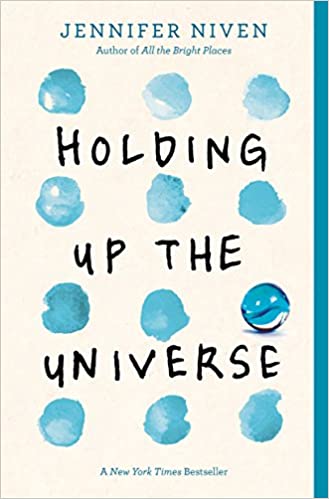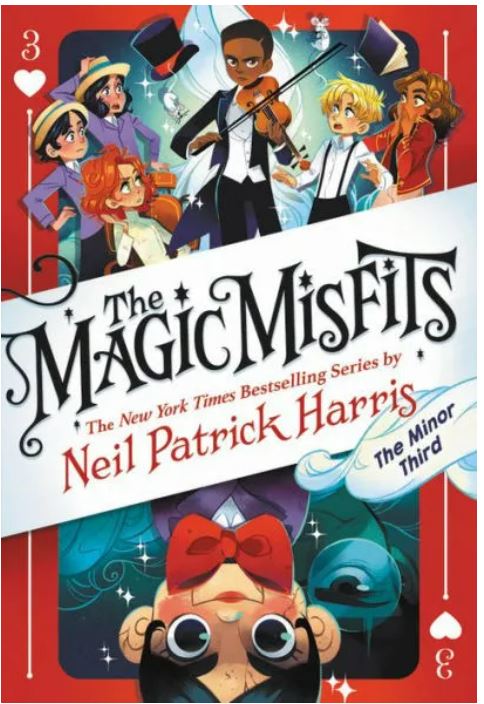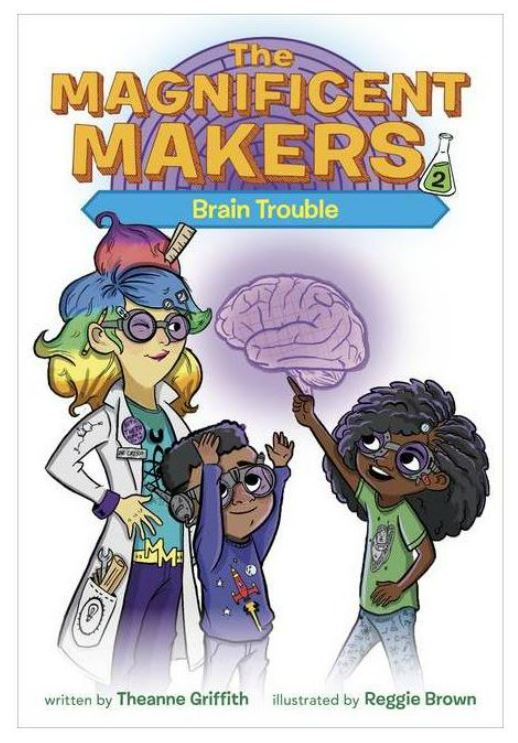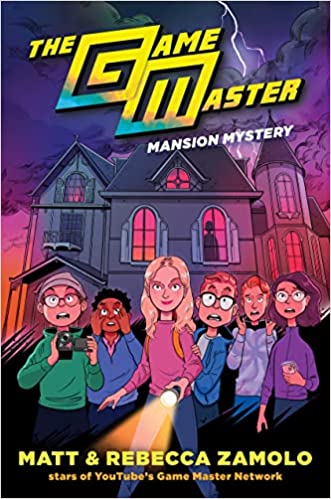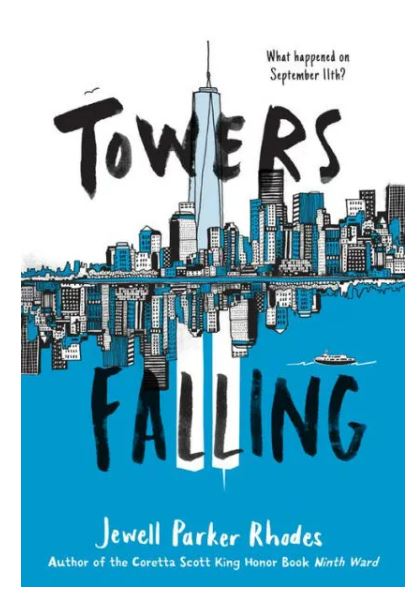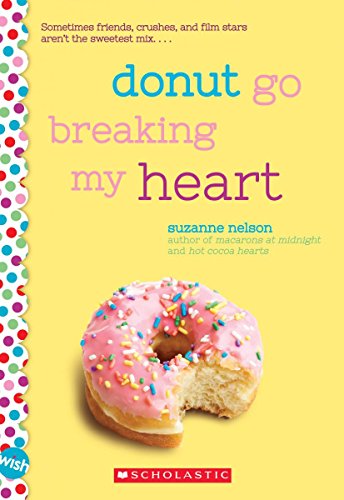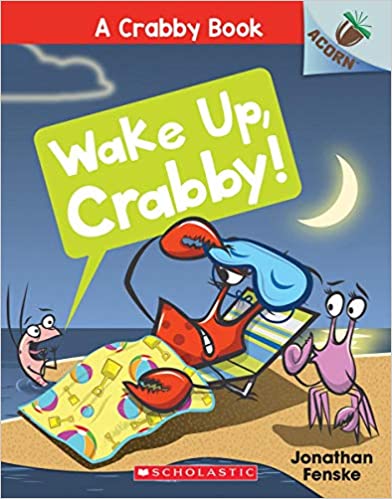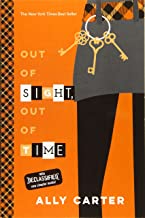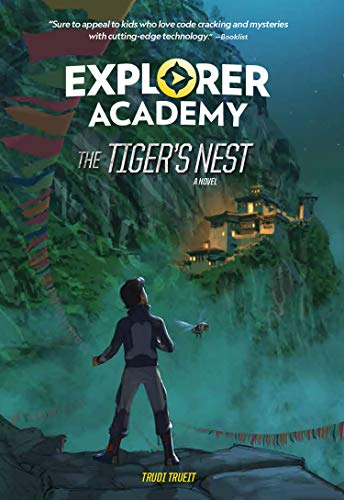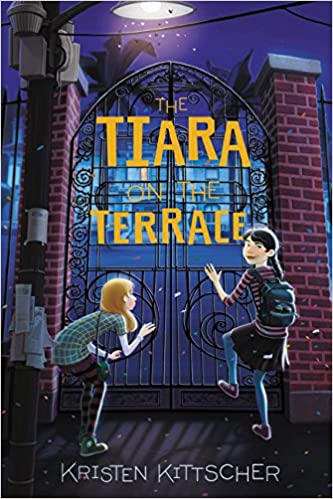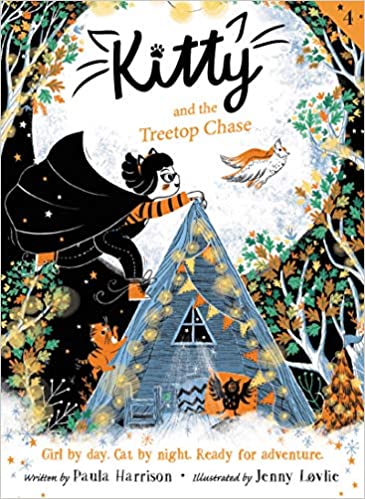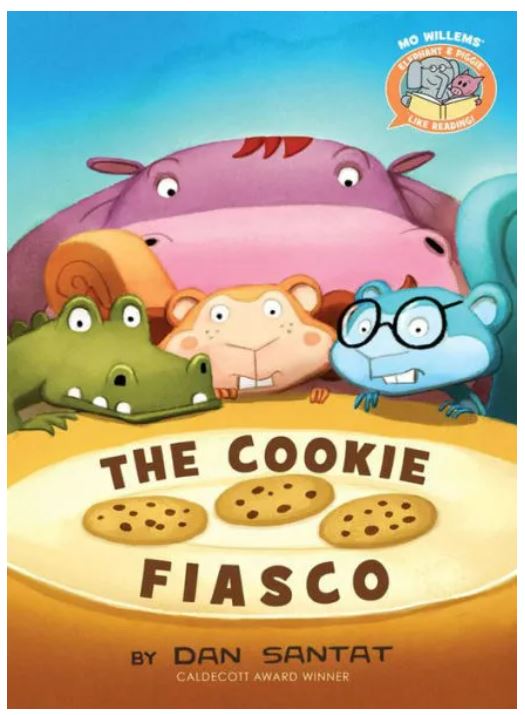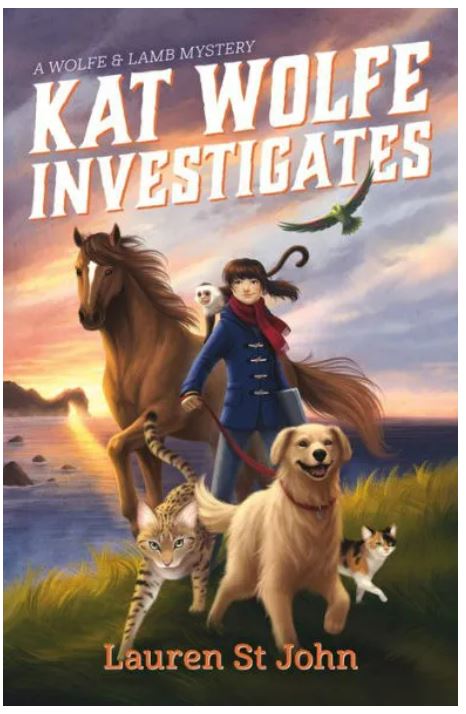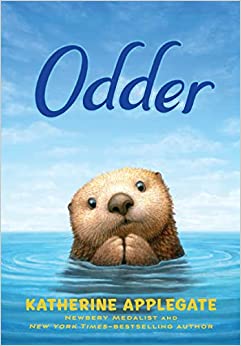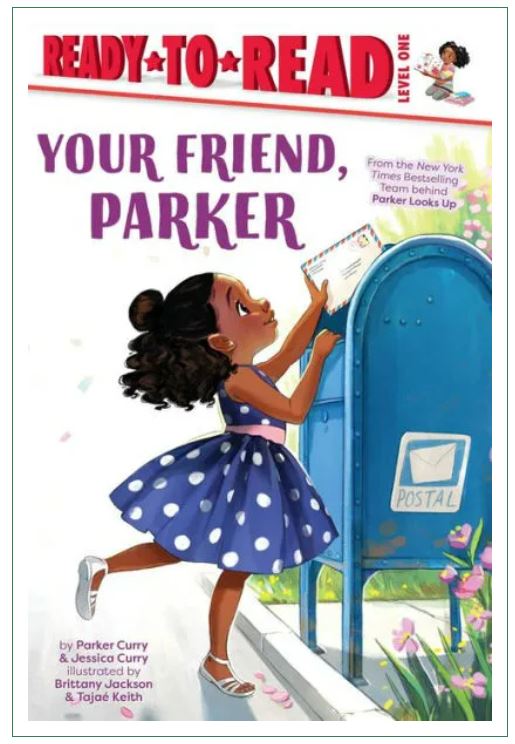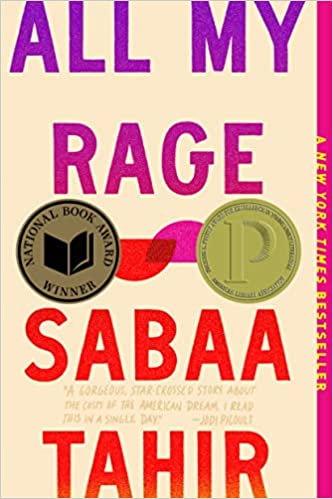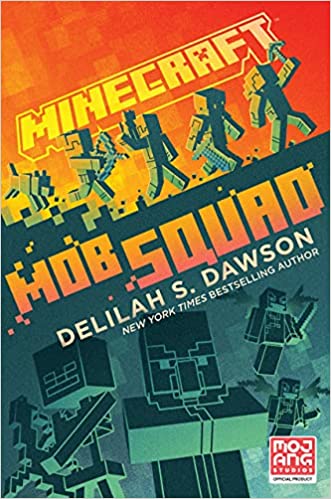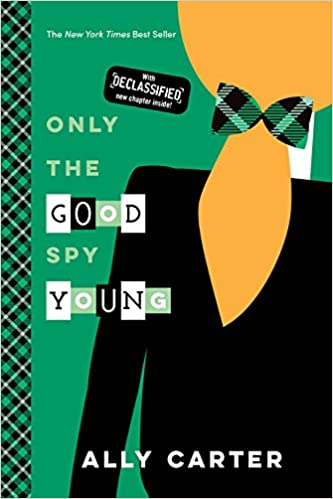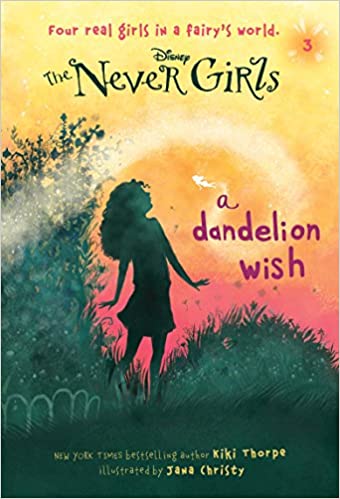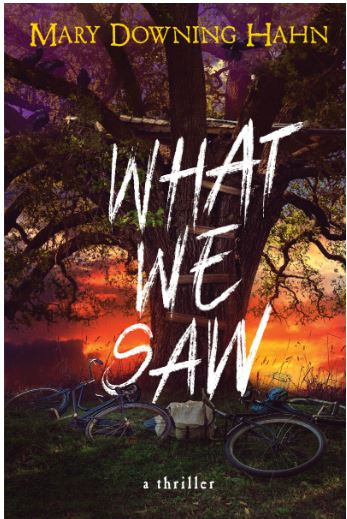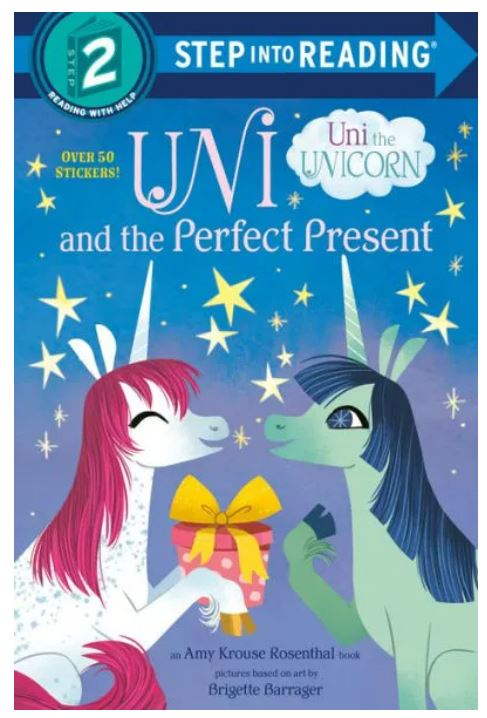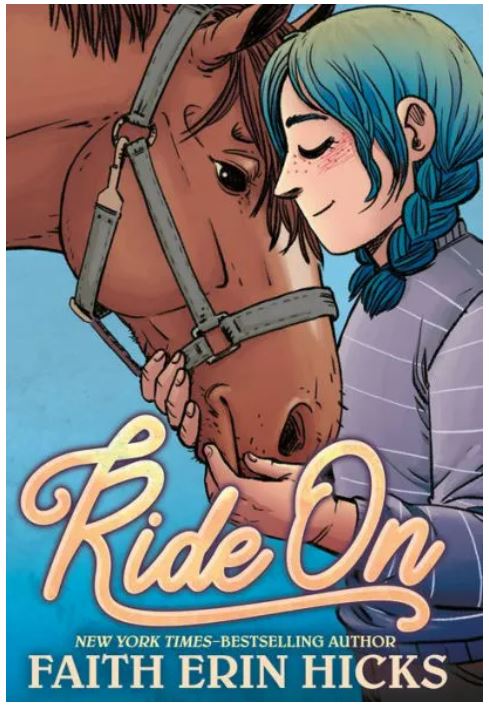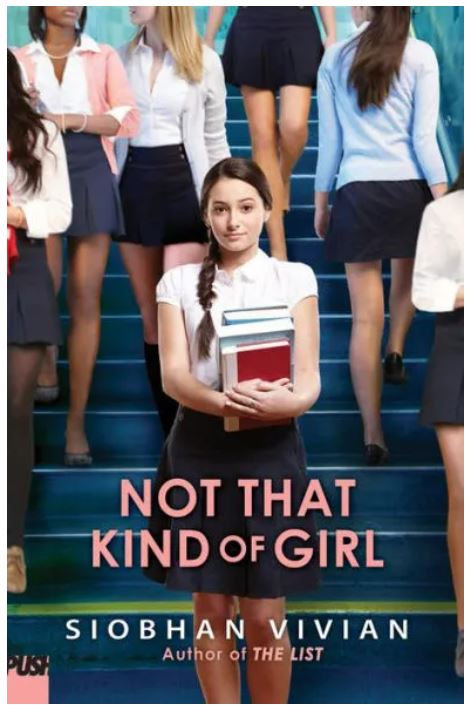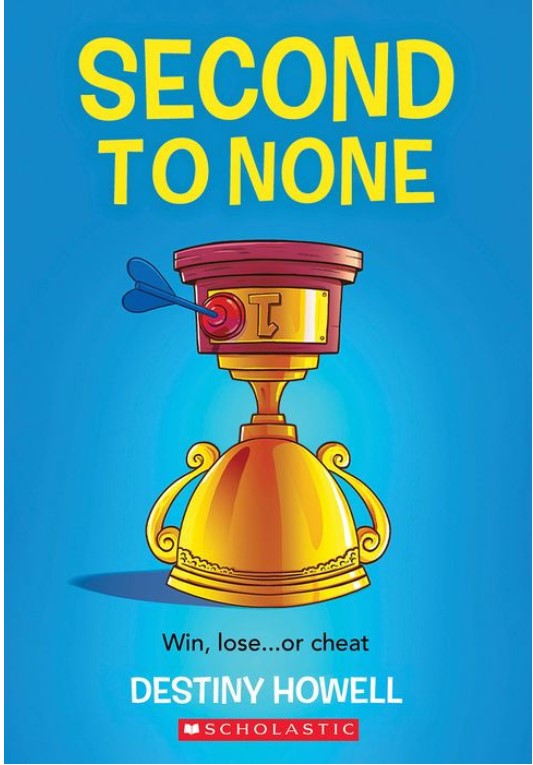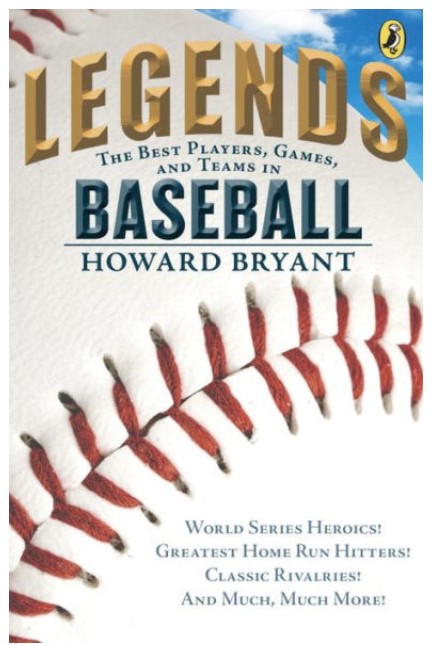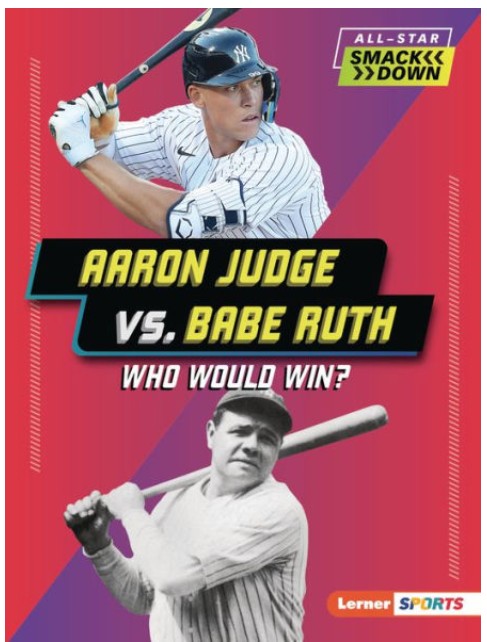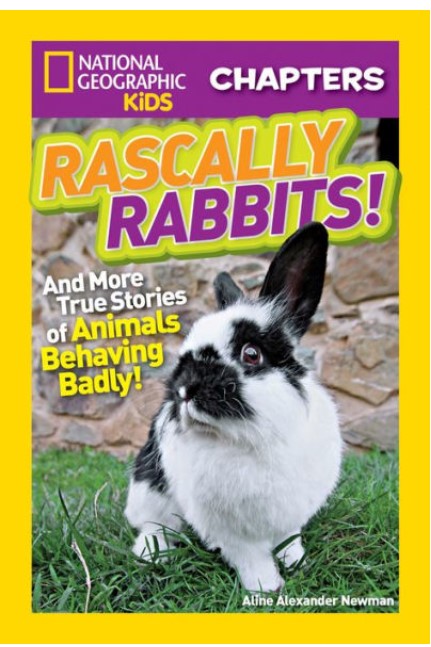Holding Up the Universe follows the love story of two teenagers who are grappling with their own perception of identity. Jack Masselin is a popular boy who secretly struggles with a neurological disorder; Libby Strout is known as an overweight girl, once dubbed “America’s Fattest Teen” after an incident from her childhood was covered by local news. Jack and Libby realize they have more in common than they thought, but both teens struggle with understanding themselves and learning how they present themselves to others. Over the course of the book, the characters gain confidence in themselves, and learn how to trust their intuition and interact with peers.
Seventeen-year-old Jack has a reputation as being a popular “playboy” and has various other popular friends, such as Dave Kaminski and Seth Powell. Jack is also in an “on-again, off-again everyone-assumes-we’ll-end-up-together-forever” relationship with Caroline Lushamp, one of the school’s most popular cheerleaders. Jack embraces his own arrogance and confidence as he considers himself to be “charming,” “hilarious,” and “the life of the party.” However, Jack secretly struggles with prosopagnosia, which prevents him from being able to recognize faces. Jack is terrified of being excluded, so he tends to go along with what the “popular” kids are doing in order to remain in their good graces. Throughout the story, Jack learns how to tell others about his condition, and learns various “tricks” to manage his condition.
After her mom’s death, sixteen-year-old Libby lost control of her weight. The media negatively represented the Strout family after Libby had to be airlifted out of her home following a panic attack. After being dubbed “America’s Fattest Teen,” Libby was homeschooled for several years, but now she’s ready to return to public school. Shortly after re-enrolling, Libby is bullied for her weight and consistently receives hurtful remarks from peers. Despite the mean statements, Libby remains confident in herself, almost becoming empowered by their hate.
Following a physical altercation between Jack and Libby, they are required to engage in an after-school Conversation Circle with the school counselor, Mr. Levine. During these meetings, Jack and Libby get to know each other and help each other in a variety of ways. Libby encourages Jack to seek an official prosopagnosia diagnosis from researchers at Indiana University, and Jack slowly realizes he is falling in love with Libby. By the conclusion of the Conversation Circle meetings, Jack and Libby discover how important their identity is, and that it doesn’t matter what anybody else thinks about them. They come to terms with this realization and manage to develop deeper relationships with those around them.
Jack and Libby narrate alternating chapters which occasionally include flashbacks. At times, the back-and-forth perspectives between the two characters can be confusing, but the author weaves them together so seamlessly, it allows the reader to see the emotions of both characters within a specific event. The author effectively uses flashbacks by including them during relevant parts of the plot, such as referring to the day that Libby was airlifted from her home.
Jack and Libby are relatable in their own ways. Jack is terrified of being excluded, while Libby understands that people will hate her for her weight and chooses to ignore their comments and trust herself. Because Jack is obsessed with what others think, he can sometimes be annoying. Instead of talking to his friends and accepting help from others, Jack believes he should manage everything independently. Despite this, the relationship between Jack and Libby is sweet, and has a lovable moment when Jack is able to recognize Libby without having to use “identifiers.”
Overall, Holding Up the Universe is well-written and enjoyable to read because it’s paced appropriately and has a plot that readers can connect to. The author effectively utilizes descriptive language to manipulate the emotions of readers to the point that it feels like they are experiencing the events through the characters’ eyes. Holding Up the Universe tackles complex topics that may not be suitable for younger readers, such as fat-shaming, bullying, depression, and peer pressure.
Holding Up the Universe speaks on empowerment, acceptance, and overflowing love, which makes it a feel-good read, but readers still learn about struggles common in high school. The overall theme of the novel can be identified as “seeing and being seen,” since the main characters struggle with identifying others and being respected for who they really are. If you’re ready for another story that explores the importance of accepting yourself, Dating Makes Perfect by Pintip Dunn and Mosquitoland by David Arnold should be added to your must read list.
Sexual Content
- There are multiple references to blow jobs and girls being undesirable as a sexual partner.
- Libby is eager for her first kiss and talks about being hopeful to find a boy to “claim her body.” She also is fascinated by the anecdote about a woman losing weight by having “marathon” sex.
- Jack discovers that his father is having an affair with a teacher. Jack sees “a new, unopened email from Monica Chapman . . . and then I open it. And wish I hadn’t.” Jack then drafts a reply which reads “Dear M. If Jack is angry, it’s because of us . . . Maybe I should stop being so selfish. If I really loved you, I would end my marriage or at least come clean to my wife.”
- On a date, Jack invites Libby to dance with him. Jack is “at first aware of every eye in the room on us, but then all the faces fade away, and it’s just Libby and me, my hands on her waist, all that woman in my arms.”
- At a party, Caroline tries to coerce Jack to have sex. After removing her shirt, Caroline says, “I think I’m ready for it. . . with you . . . unless you don’t want to.” They do not have any form of sexual contact because Jack realizes, “I don’t love Caroline. I don’t even like Caroline.”
Violence
- There is a game known as “Fat Girl Rodeo” where players non-consensually jump on the back of a “fat girl” and try to hang on as long as possible. After Libby enrolls in high school, she becomes the target of the game. Jack jumps on her in the cafeteria, and Libby manages to “summon all the strength [she has] to peel him off like a Band-Aid.” Once Jack is on the ground, she punches him in the mouth. Jack’s “jaw feels knocked loose, like it’s somewhere in Ohio. I give it a rub to make sure it’s still attached, and my hand comes away covered in blood.”
- Jack sticks up for someone being bullied. When the group doesn’t back down, Jack “runs right into the herd of them . . . one lands in the dirt, and suddenly they’re not laughing anymore.” The bullies argue with Jack, and then Jack begins to throw punches. “Maybe because I’m angry. At everyone. At myself.” Jack continues to punch the bullies that come at him “even when his hand feels broken, even when he can’t feel his knuckles anymore.” This scene lasts four pages.
- After a misunderstanding at a party, Moses Hunt tracks down and begins punching Jack. Moses’ “fists are coming at me too fast to duck, too fast to move. Over and over his fists make contact with bone, or maybe he’s not the only one swinging.” This fight lasts three pages.
Drugs and Alcohol
- Teens gather for a party and consume alcohol and weed. Jack drinks beer. After drinking several shots, he declares “my esophagus burns like I just inhaled gasoline.” Jack also smokes a joint “because maybe this is the secret of life . . . maybe this will give me answers. Instead, I end up coughing like an old man for a good five minutes.”
Language
- Insults and taunting such as “whore” are used toward the girls.
- There is frequent swearing throughout the book, both casually and as insults. Profanity includes ass, bastard, bitch, bullshit, damn, douche, fuck, goddamn, hell, pissed, and shit.
- Phrases such as OMG and oh my god are used occasionally.
Supernatural
- None
Spiritual Content
- None
